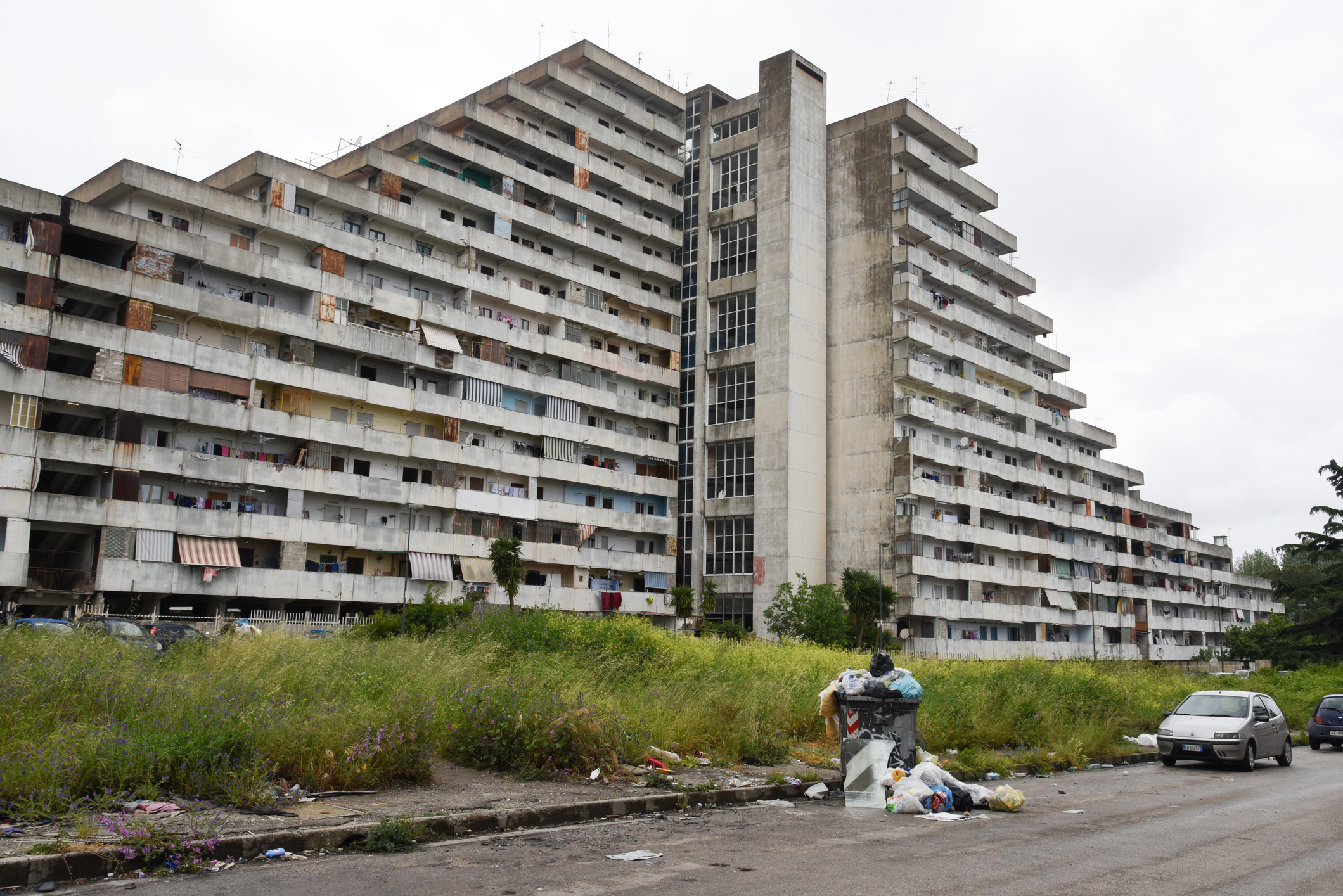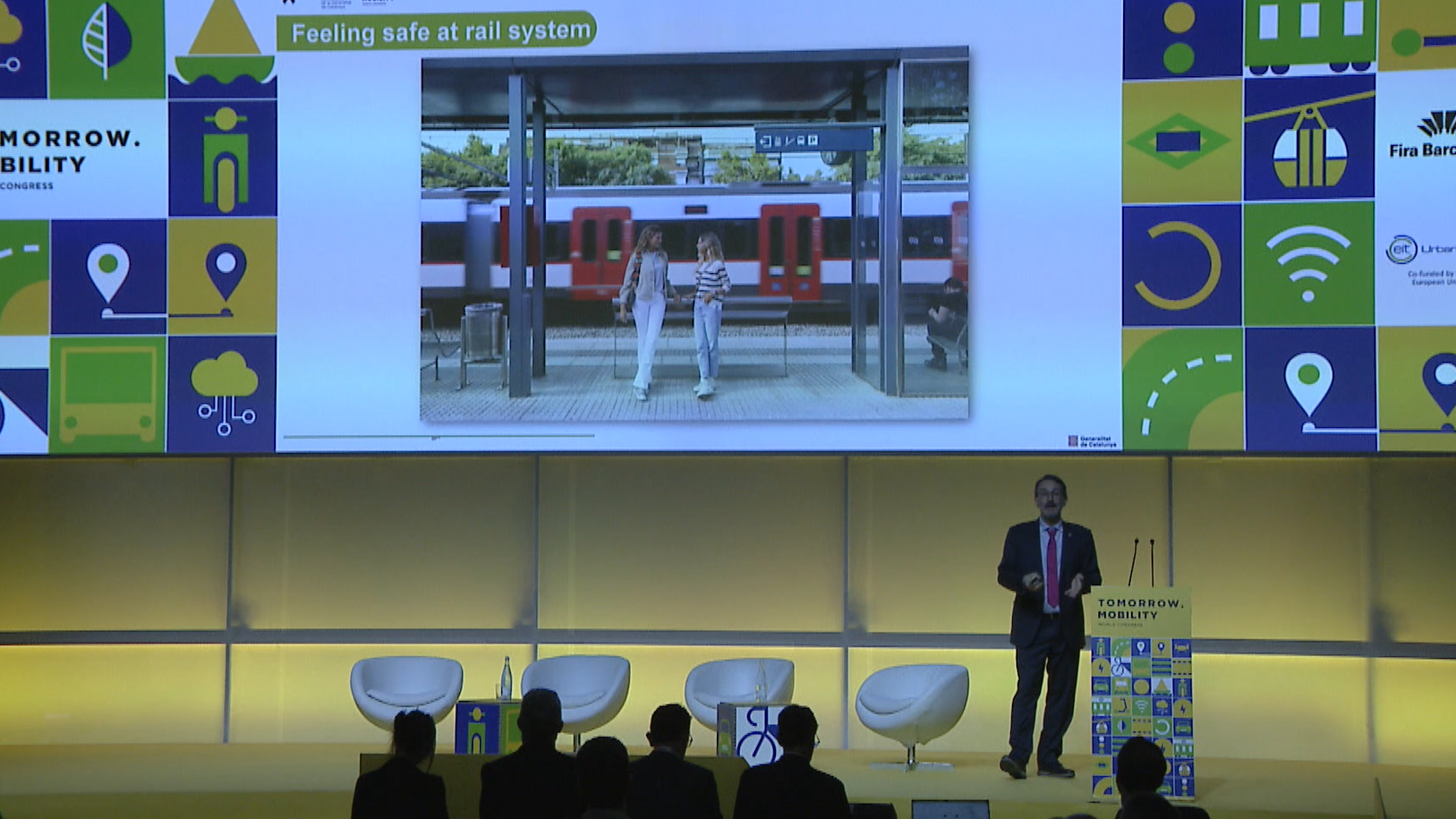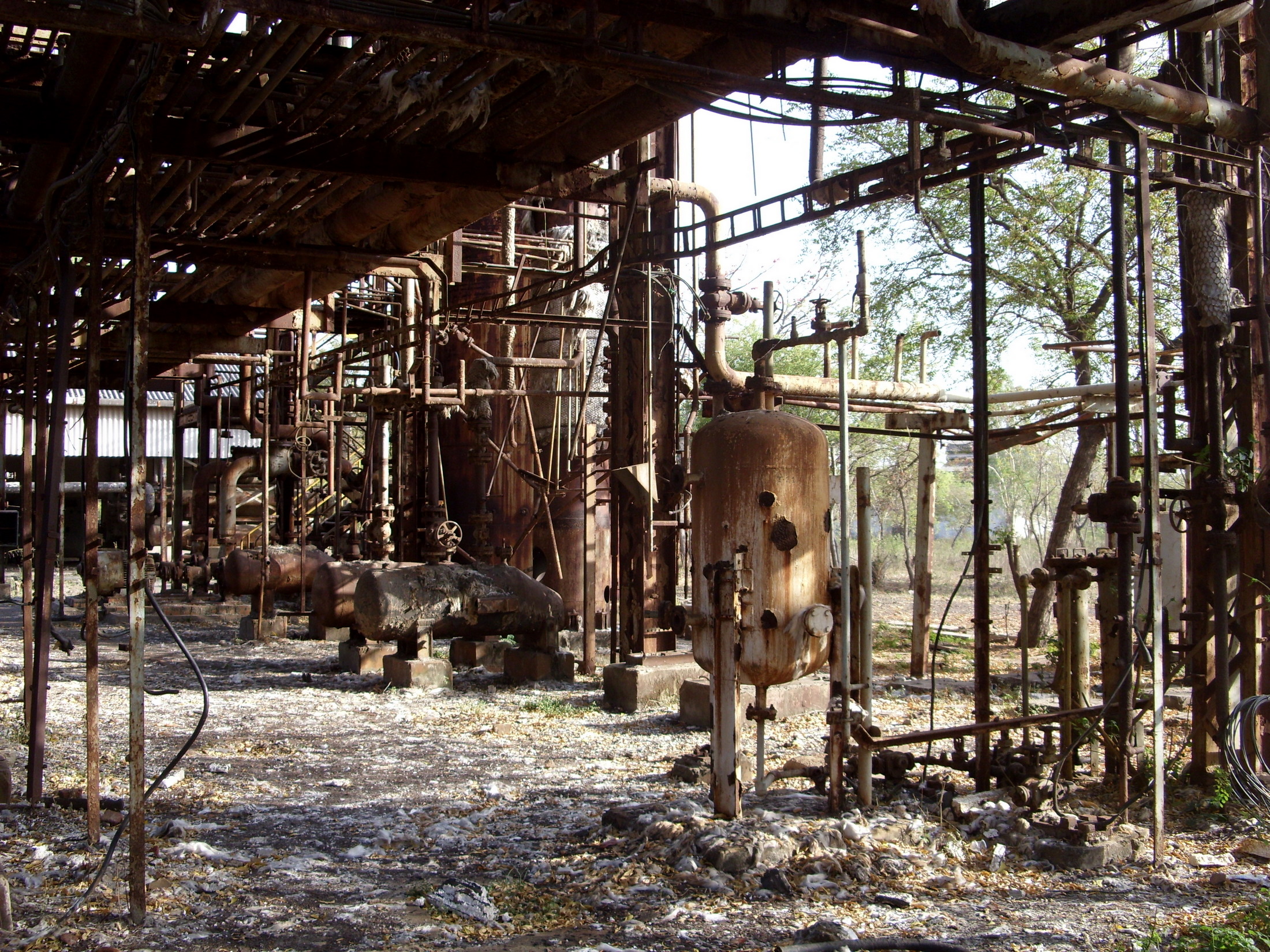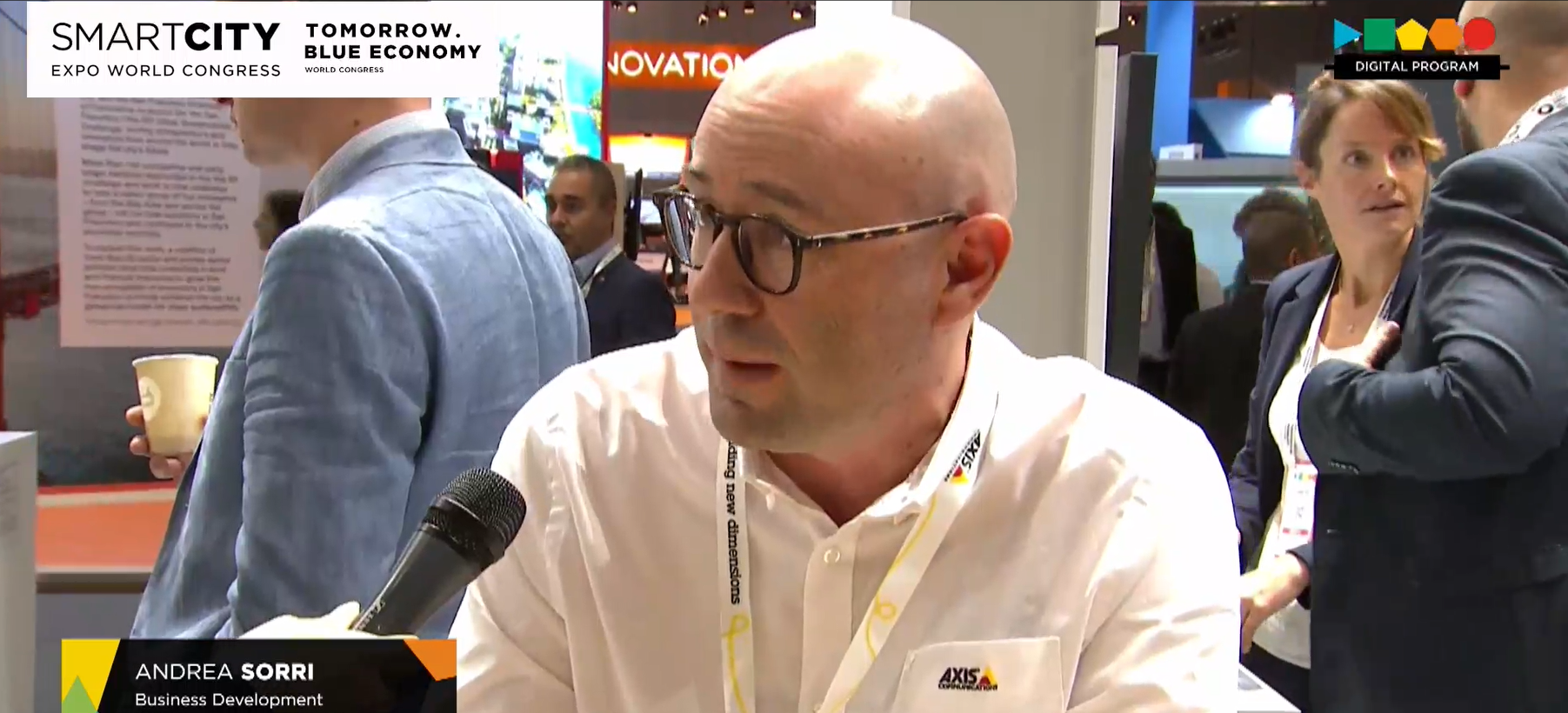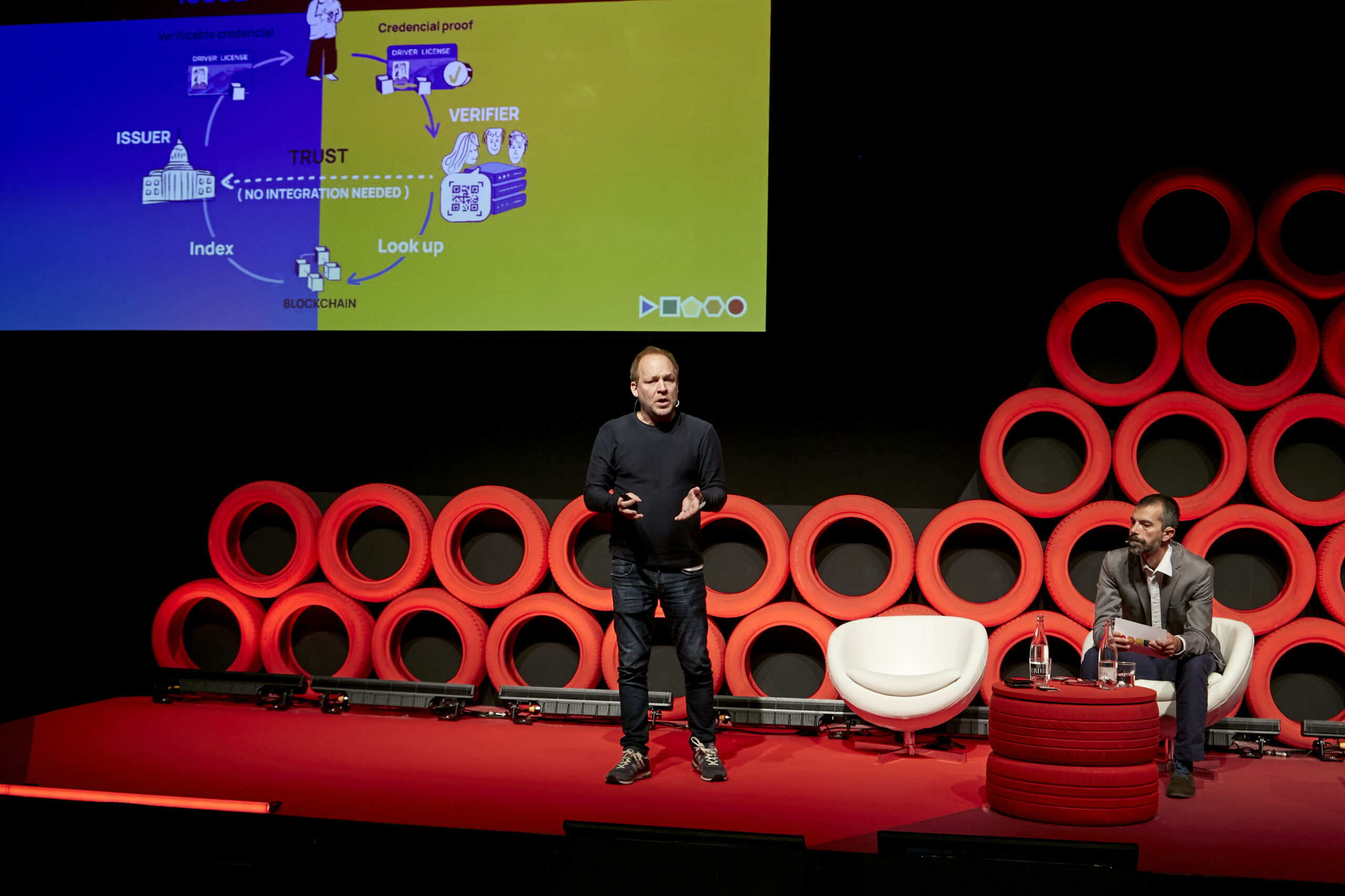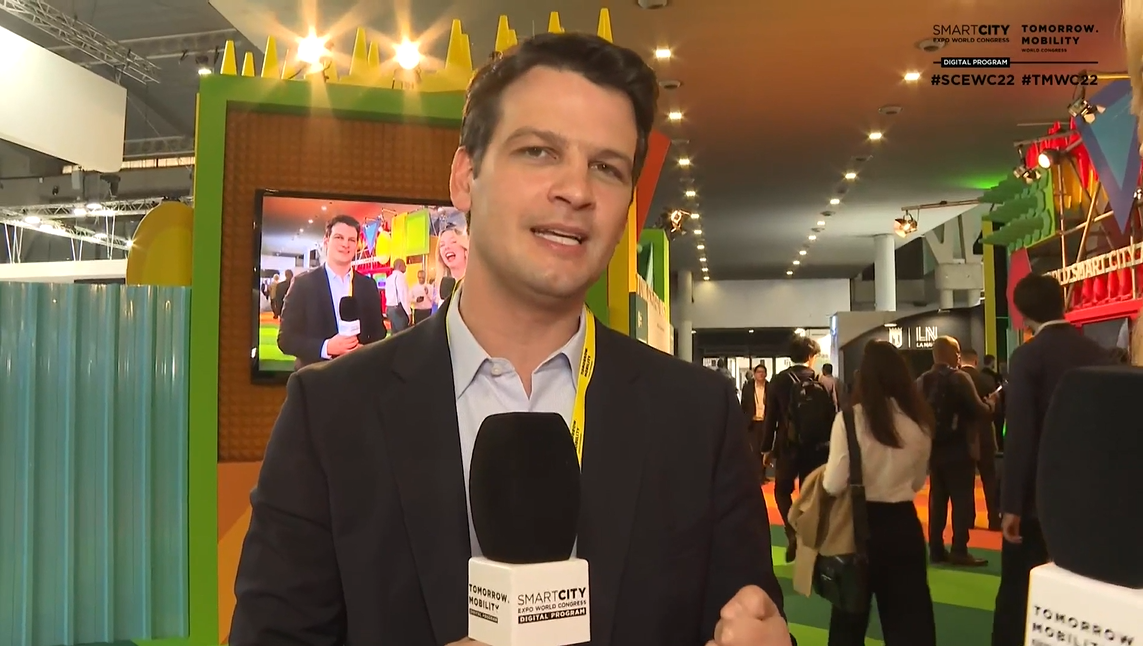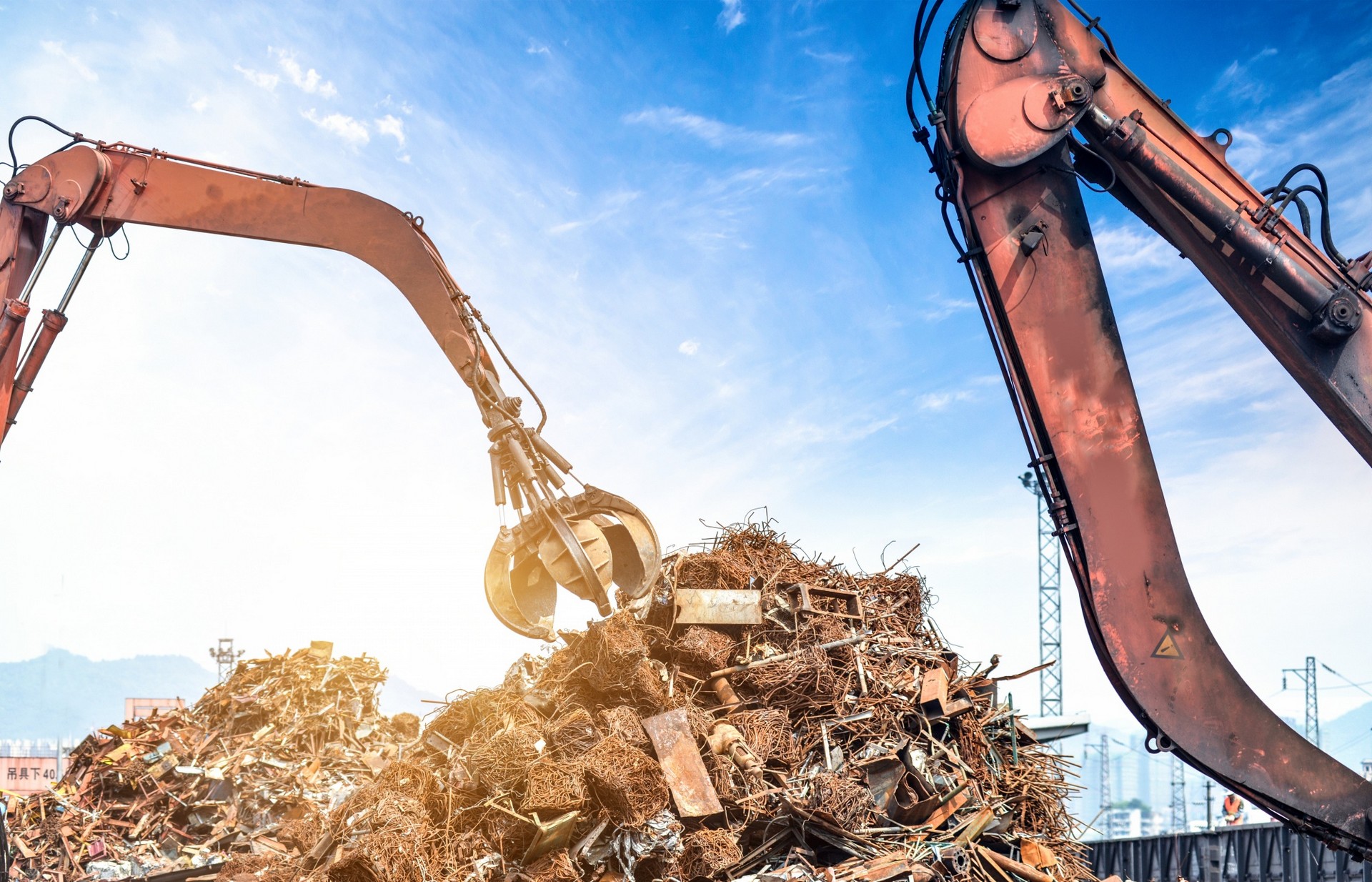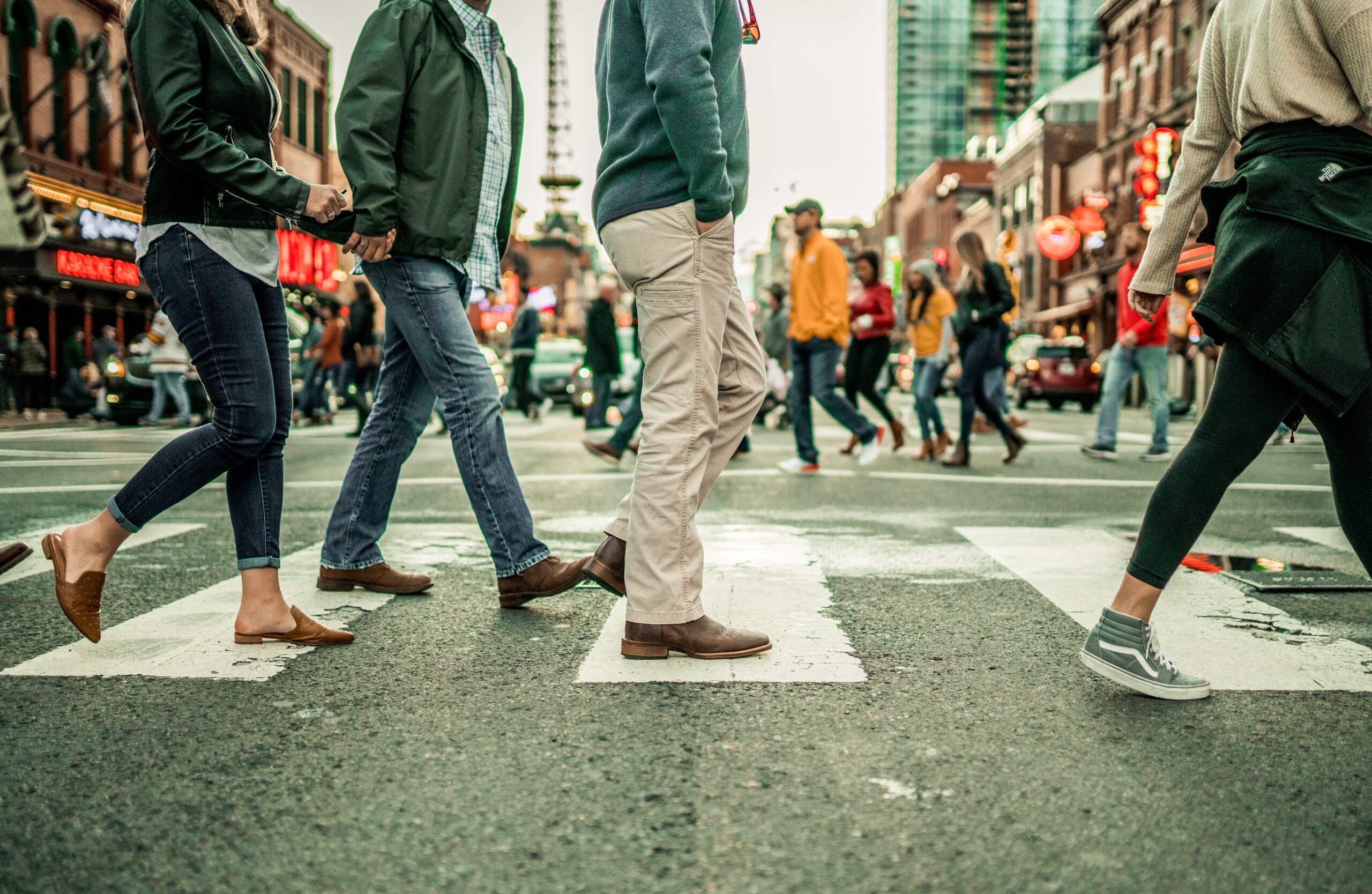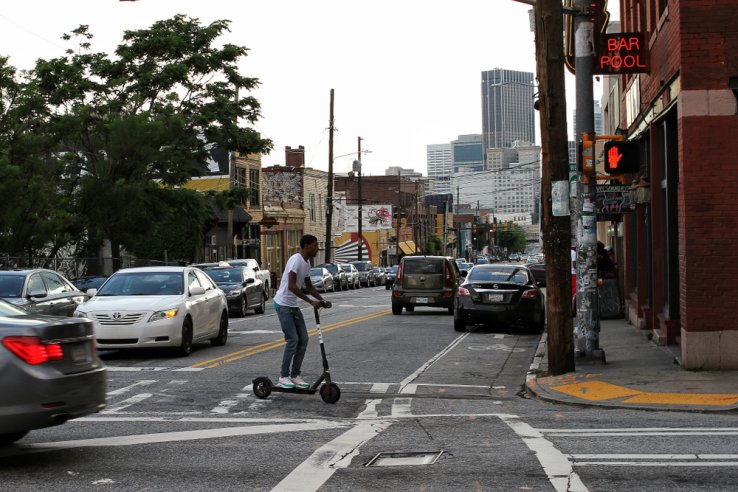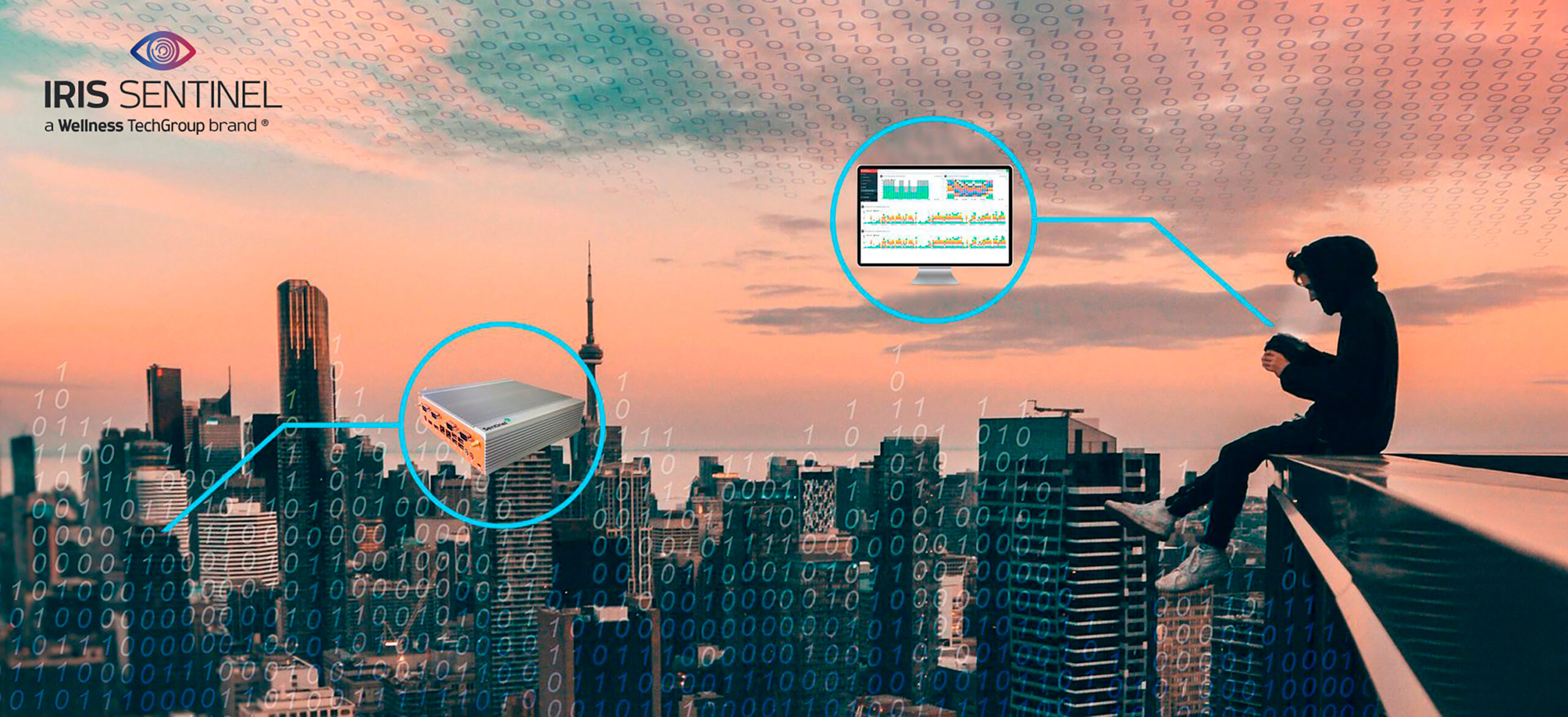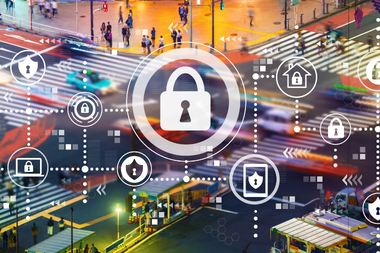Author | Raquel C. Pico
Over the past two centuries, cities have steadily grown in both population and economic influence, and this pattern is not going to stop in the 21st century. In fact, urban power is set to further solidify in the coming years. Based on estimates from UN-Habitat, by 2050, 68% of the global population is projected to reside in urban areas. This not only signifies a substantial migration of people, but it also means that cities will need to enhance their resilience.
City design will need to consider factors such as the well-being of residents, equitable access to resources and services, but also contingency planning for potential disruptions. Disaster recovery must be a foundational aspect of urban planning, with urban design incorporating risk management strategies into the layout of streets, neighborhoods, and infrastructure.
It is no trivial matter. Climate change is significantly increasing the likelihood and severity of potential natural emergencies. According to United Nations’ statistics, three out of every five cities with populations exceeding half a million are deemed to be at “high risk”. Some of these cities face the threat of multiple types of potential natural disasters. Furthermore, there are also human risks to consider, such as cybersecurity threats.
Therefore, modern urban planning considerations include preparing for scenarios such as torrential rain and avoiding common mistakes in the design of crucial areas, such as green spaces. But it also includes identifying the necessary disaster recovery services that would be required in worst-case scenarios.
Disaster planning: The road to recovery
Disaster planning and recovery entail proactive anticipation of events and preemptive preparation before they occur. Irrespective of the nature of the emergency, it is essential to have a plan in place along with the necessary tools for its execution.
In urbanism, disaster recovery planning means ensuring that these issues are not left to chance. In essence, rather than allowing the city to develop organically, it is crucial to anticipate potential scenarios and devise strategies to mitigate their impacts, also by establishing efficient methods to restore normality swiftly and even create an enhanced reality post-disaster. For instance, refraining from building in vulnerable zones prone to flooding or seismic activity, despite economic incentives favoring such development, or creating spaces capable of providing refuge and security for people.
Effective risk management plays a key role in preventing human, social, economic, and even natural losses. To comprehend the repercussions of poor planning, one can examine the aftermath of Hurricane Katrina, which devastated New Orleans in 2005. Around one thousand lives were lost, and economic losses and damages amounted to approximately $125 billion. The impact was long-lasting, and the recovery slow.
Disaster-proof urban planning

Incorporating all these factors into urban management highlights the crucial need for designing an efficient plan. Typically, we refer to five major planning steps in disaster recovery. These are:
- As the saying goes, prevention is better than cure. In risk management, this entails anticipating potential scenarios.
- Mitigation. Taking proactive steps to reduce the losses associated with a disaster. This includes having a well-defined plan outlining what actions to take, when to take them, and how to execute them effectively.
- Preparedness. Unsurprisingly, another crucial step is being ready at all times. Conducting drills, reviewing plans, and training individuals responsible for responding to emergencies are fundamental aspects.
- Response. When an event occurs, the immediate aftermath matters. And a great deal. The response must be swift and efficient, aiming to neutralize the impact of the emergency from the very outset.
- Recovery. Recovery is equally important as mitigating the damage, recognizing that emergencies come with associated costs and the city will need to make concerted efforts to address them.
The advantage of urban planning lies in its ability to go beyond theoretical concepts and directly incorporate these issues into the physical construction of the city. In essence, innovative urbanism extends beyond designing cutting-edge buildings or introducing smart apps to streamline public transportation wait times. It also involves identifying potential vulnerabilities within cities and addressing them proactively before they manifest into problems.
The utilization of emerging technologies, like AI in urban planning, enables more thorough risk assessments and enhances decision-making processes. It serves as one of the tools utilized to design cities that are better equipped and prepared to tackle a wide range of potential challenges. Incorporating these considerations into the design process renders cities more resilient and safer for their inhabitants.
Images | NOAA, Shivendu Shukla





